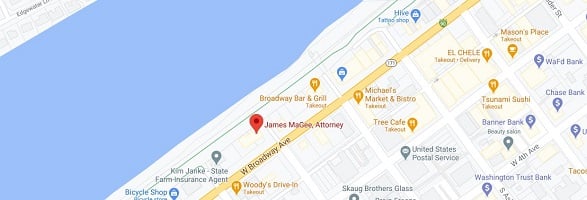My wife’s uncle is a fine fellow – he is an Iranian immigrant who lost nearly everything when the Shah of Iran’s regime fell in the late 1970s with the Islamic Revolution.
Nevertheless, he has hacked out a place here in America with the hard work of his wife, a registered nurse.
They are profoundly interesting people for whom I have the deepest respect.
This Iranian immigrant has purchased 11 acres of Chardonnay grapes in one of the best locales of Napa Valley, California, and he farms the vines with his heart, sweat and soul, aided by his sons and wife. He does side jobs as an architect to make extra money.
But this blog post is not about Iranian immigrants….it is about the immigration and melding of latino and caucasian culture here in the United States.
Every year my wife and I (and now our three children) go down to visit her uncle at his vineyard. We usually fly into Oakland, California and rent a car for a drive north of some hour and thirty minutes.
As a radio "dial flipper", on this ride I bumped into something odd about three years ago. I began listening to SF Bay station with a heavy DJ presence, and what was odd is that the DJs would deliver the spoken content in about 70% Spanish and 70% English, so the DJs were frequently repeating much (but not all) of their content.
"Muy buenos dias caballeros y ladies, hace mucho calor hoy mismo, today it is going to be hot, por eso no olviden tomar algo muy refresco y remember to turn up the air conditioner while you enjoy that cold drink."
I found it disorienting to try to imitate this manner of speaking…and I wondered how it came to exist?
I was listening to La Kalle, a station that mixed Spanish and English language and also Spanish and English pop music.
Over the past three years, I have noticed that the station La Kalle seems to be shifting a bit more towards devoting a significant share of the play time (but still less than 50%) to English language pop/rock music, with an emphasis on current top 40 hits. In prior years, the English language music seemed to be just an occassional garnish, so obviously, La Kalle is trying to figure out its market and fine tune something new.
Here are some reviews for San Francisco Bay Area station La Kalle (a funny word play on "La Calle" which means "The Street" – see how they used the letter "K"? The letter "k" is common in English, but is extremely rare in Spanish, so it uses a mix of English and Spanish spelling for a Spanish word, using "K" as the first letter in the radio station’s call moniker. ) Below is a link to some reviews of this station posted by English speakers:
http://www.yelp.com/biz/la-kalle-radio-100-7-and-105-7-fm-san-francisco
In June 2009, I obtained satellite radio for the first time – and I noticed that even in top 40 current music (Sirius channels 20-24) there is quite a bit of Spanish language creeping into pop music, and I am hearing reggeaton sounding beats from time to time.
Why am I talking about a San Francisco Bay area radio station on a bankruptcy lawyer’s blog?
It is because I am telling you of a change that is coming. You can get ahead of that change and secure your employment future with a burst of concentrated and focused energy. You need to learn Spanish. You can do it in 18 months if you work hard.
On my last two visits to Maui, Hawai’i, (June 2010 and December 2010) again and again, I bumped into many people speaking Spanish. It was odd for me to be in Hawai’i, speaking Spanish.
There is a Central American diaspora going on as we speak. It ebbs and flows according to comparative economic conditions, but it never goes away. There is net migratory inflow to the US from our Southern neighbors…and there has been for years. Many of these new immigrants are concentrating in communities where they no no longer need to learn English well in order to survive.
Businesses, the government and employers will need to serve these people who end up not learning English very well as they concentrate in communities that are Spanish speaking.
If you are worried about the future, learn Spanish, and you will worry about it much less about the future than you used to. I doubt that a Spanish speaking Anglo will ever be unemployed for long as this centry progresses.
If I am overstating my case for Spanish education, then I will stand corrected, as time will tell. Note that if worse comes to worse, you can apply for a DJ job at La Kalle, or some other online and broadcast radio station that are sure to follow this format.
Other posts in my blog give ideas about how to study Spanish – use our Google sitesearch function (the little Google box up in the right-hand corner) to search for the posts.


